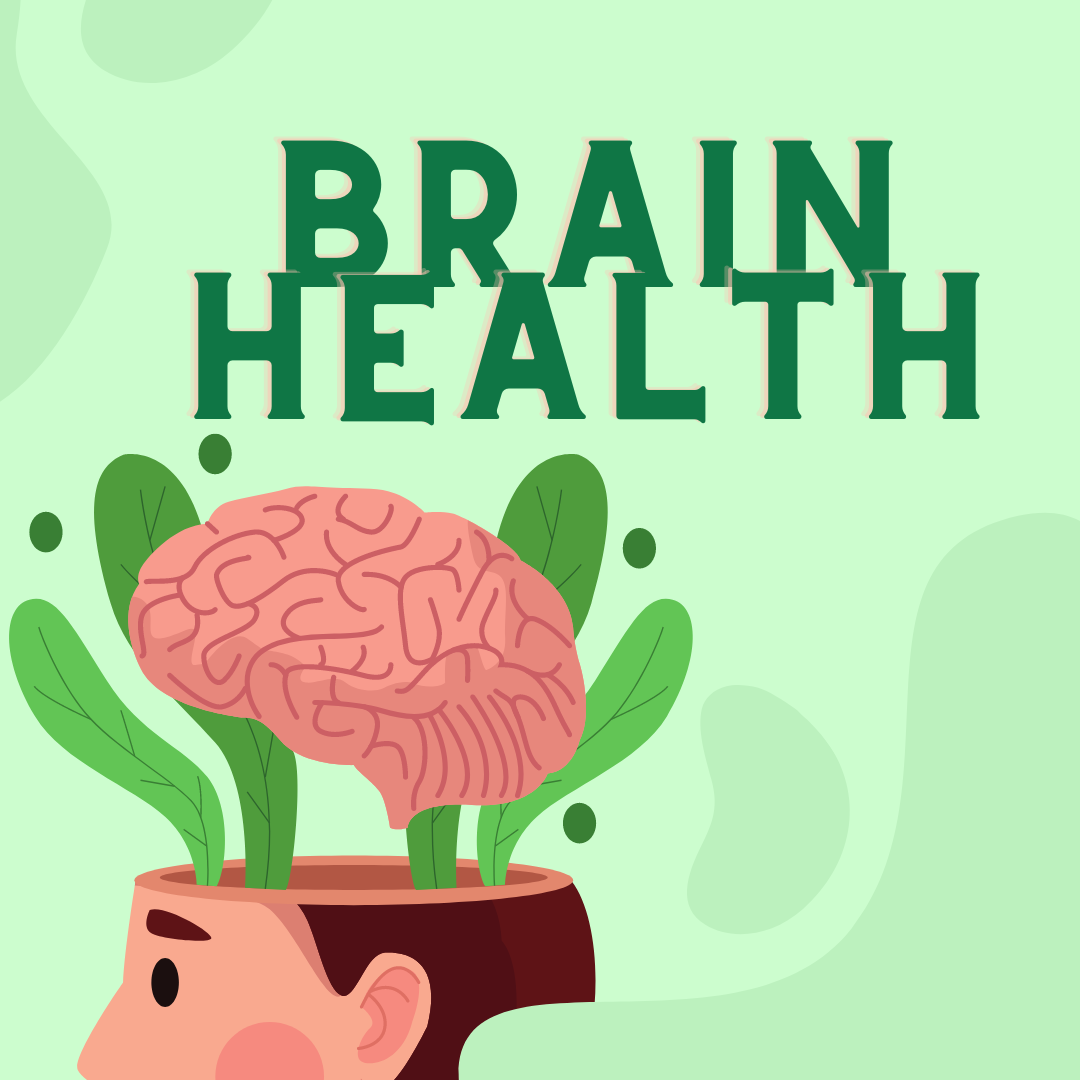Nearly AUD $5 billion is being spent on managing back pain in Australia each year, the majority of which, according to experts, is being invested in “unnecessary tests and ineffective treatments.”
Given the substantial confusion about how to best manage back pain, we thought we would share a few tips with you.
First, and foremost, back pain is recognised as a National Health Priority Area (NHPA) in Australia, with estimates suggesting up to 80 per cent of Aussies will experience some form of back pain during their lifetime. So given this high percentage, many of us mistakenly assume that back pain is a normal part of life.
In a feature article published by news.com.au, pain experts, Professor Chris Maher from Sydney Medical School, together with Mary O’Keefe and Dr Kieran O’Sullivan from the University of Limerick, Ireland, explained that although back pain is somewhat common, failing to recover from the condition is certainly not.
“Experiencing back pain is like getting tired or becoming sad; we don’t necessarily like it, but it occurs to almost everybody at some point. What isn’t common, however, is not recovering from back pain,” the experts said.
“Most acute back pain is the result of simple strains or sprains and the prognosis is excellent. Within the first two weeks of an acute episode of pain, most people will report a significant improvement in their symptoms with almost 85 per cent of people fully recovered by three months.”
The commonality of back pain has given rise to various myths, including the belief that nothing can be done to alleviate back pain.
Every person experiences pain differently, but there are things that can be done to help mount a recovery from back pain. Plaster company, Elastoplast cites “Moderate exercise, back strengthening exercises and other measures can, in most cases, effectively help you overcome your pain. The sooner you resume sports and your daily activities, the better. If these measures will not help, ask for an evaluation from your doctor.”
Another common misconception is that by carrying heavy schoolbags, or backpacks, you are not at risk of increasing back pain.
Better Health Channel Victoria examined multiple research angles and developed a fact sheet that addresses this misconception. According to its Back pain – schoolbags fact sheet, “Around 70 per cent of Australian schoolchildren may suffer back pain by carrying schoolbags.”
Moreover, the fact sheet references a study published in the Australian Spine journal that investigated the link between backpacks and back pain among schoolchildren, and references several research-oriented statistics, including:
- The weight of the average backpack is heavier, proportionally, than the legal load-bearing limit for adults;
- 79.1 per cent of children say their backpacks feel heavy;
- 65.7 per cent report feeling fatigued by the weight of their backpack; and
- 46.1 per cent report back pain caused by their backpack.
Although the evidence is inconclusive, Prof Chris Maher, Mary O’Keeffe and Dr Kieran O’Sullivan suggest that should a child complain about excess backpack weight, it’s most likely they are at risk of back pain, citing “If a child — or their parent — believes that their schoolbag is too heavy, the child IS more likely to develop back pain, highlighting the importance of fear in the development of back pain.”
Importantly, if you are living with ongoing back pain that is failing to resolve, it’s time to address it.



